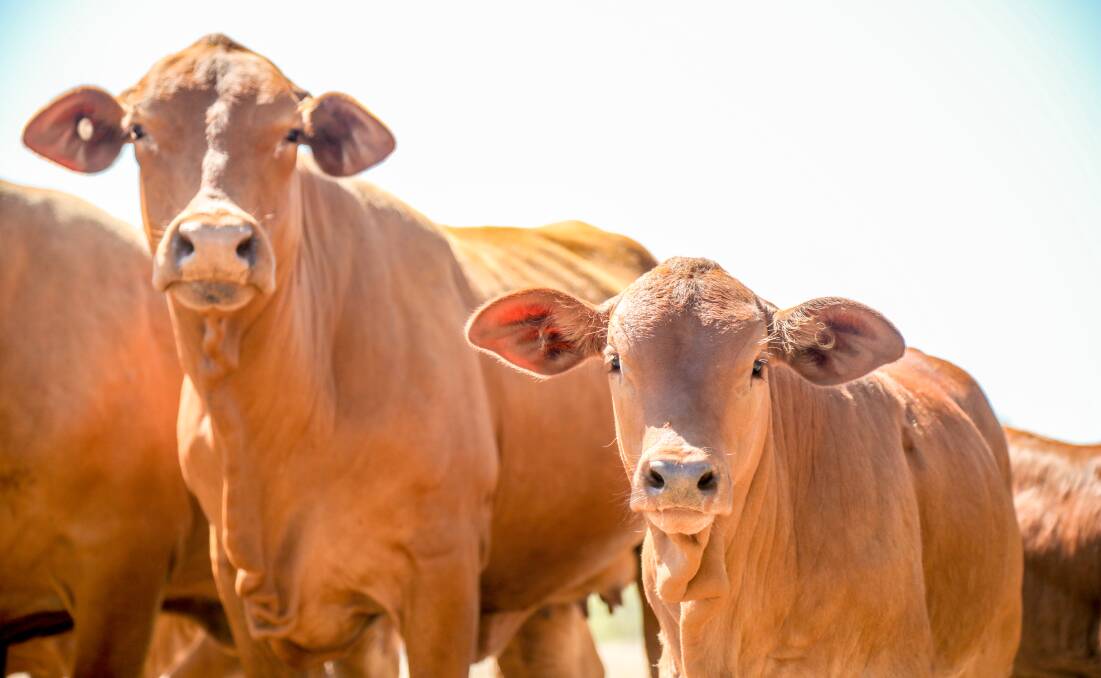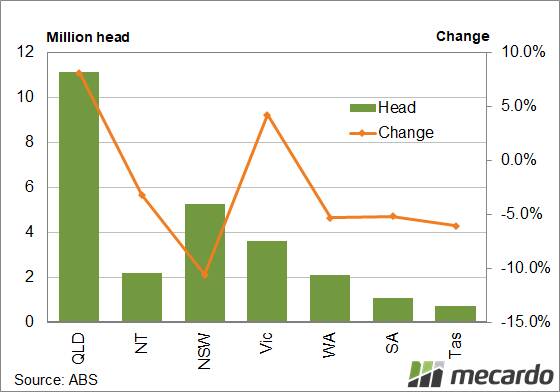
THE national cattle herd reported by the Australian Bureau of Statistics (ABS) was 26.39 million head on June 30 2018. This was an increase of 0.8 per cent on 2017.
Subscribe now for unlimited access to all our agricultural news
across the nation
or signup to continue reading
The small rise masks some large changes on a state and regional scale. The main increase came from Queensland, which was up 8pc. Victoria also had a reasonable increase but it only equated to 154,134 head.
The main fall came from New South Wales which was down 10.6pc or 560,111 head. Smaller cattle states South Australia, Western Australia and Tasmania, all lost around 5pc of their cattle in the year to June 30 2018.
When we break the numbers down into Natural Resource Management (NRM) regions we can see where the rises and falls happened.
The biggest cattle region by far, the Fitzroy Basin, was responsible for offsetting almost all of the falls in NSW.
Over 500,000 head were added to the Fitzroy Basin herd.
In NSW, the drought stricken Central West and North West lost 22 and 24pc respectively.
The Central Tablelands (-8pc) and the Hunter (-28pc) both fell out of the top 20 herds thanks to their falling numbers.
It has been over 12 months of drought since these herd figures were compiled and have no doubt changed since.
Apart from the drought, we've also since had the floods in North Queensland to account for, so there will be plenty of cattle stripped from a number of regions.

It's hard to pick which regions might have herd increases, although there isn't likely to be many.
Queensland continues to be the driver of the Australian herd and markets.
The 12 month rainfall decile for the Fitzroy Basin was well below average so we can expect fewer cattle there now than in June 2018.
Queensland will still be home to over 40pc of the herd and will remain the major player.
What does it mean?
Looking at the short term, the recent rain hasn't fallen in the large cattle areas, but if there is some follow up leading into summer those areas could see demand for cattle increase, which might soak up some supply from areas still suffering.

